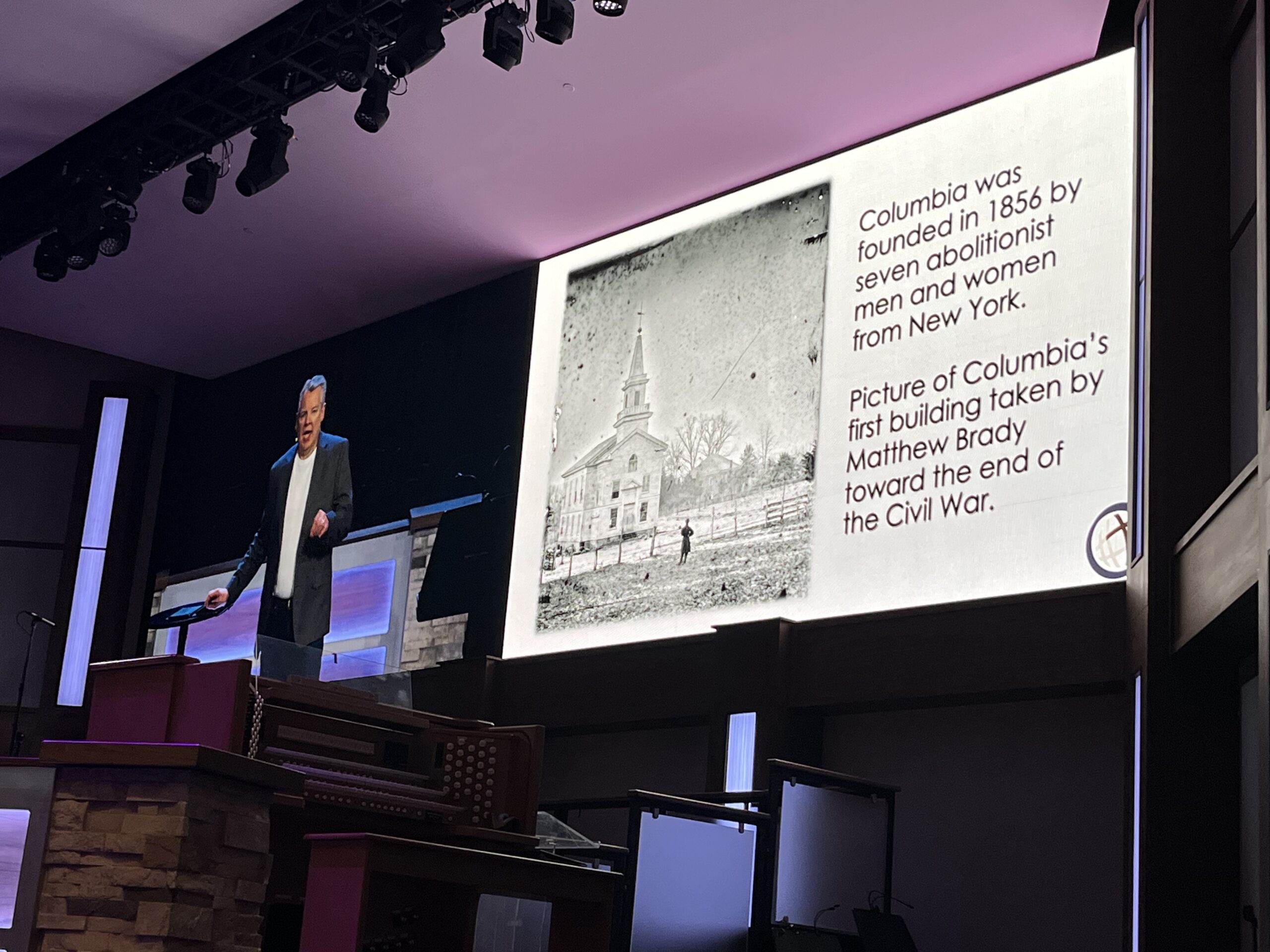Stop Funding Church Plants 2: Three Clues Alex McManus Doesn’t Get What I Was Talking About (And I’m OK With That)
A month ago I wrote a post entitled “Stop Funding Church Plants and Start Funding Missionaries: A Plea to Denominations” which got some blog attention and an article written about it over at CT. I basically proposed that denominations rethink the way they fund church planting. Admittedly the idea was simple and probably already being done by many many people. The idea: Traditional church plants put themselves into the uneasy position of having to compete for already existing Christians due to certain numbers/financial expectations. For sure people get converted and the poor are served. Yet they end up largely reaching people who still consider going to church a reasonable thing to do on Sunday. These new churches upgrade Christian goods and services (worship experience, services to divorced, technology, etc.) around dynamic entrepreneurial leaders. All fine and good. Yet they largely don’t reach the growing post Christianized populations. (BTW I’m not saying there aren’t examples of people reached outside the Christian faith in these churches, but if the leaders are honest, it is a small minority.) So, after rehearsing this argument again, I proposed we need to encourage and nurture groups of three leader/leader couples to inhabit neighborhoods that lack a communal gospel presence. Put money here to help leaders get situated within contexts that lack gospel expression. This doesn’t happen naturally. It takes effort and support (some but not alot of money). Here, through inhabiting contexts we enter these places humbly, listening and engaging the places of hurt, need and spiritual poverty with the full orbed gospel. I see this approach to/entrance into culture diametrically different from the approaches typically engaged by Western church – often typified by its mega churches.
Alex McManus, head of the International M Network, comments on my post here and here. I think Alex is generous with me. And I basically agree with almost everything he says. He argues for instance that leaders should be bi-vocational (saying we shouldn’t pay people for being Christians). He talks about successful entrepreneurs as being catalyst leaders. He argues passionately about “not needing to fund any missionaries because every one should be a missionary.” All these things I’ve lived and supported. So Alex and I agree on a lot of stuff, but largely I think he missed my point. After reading his posts, I strongly suspect that Alex (as well as many mega church/traditional church planters) doesn’t get that I am proposing a form of missional engagement that is different from what mega minded church “architects” see as mission.
There’s at least three clues to this in his posts.
1.)“A huge and positive footprint” In MacManus’s first post he talks about Kensington Community Church’s K2 church plant in Salt Lake City. He says “K2 hit the ground with a huge and positive footprint and established a significant mission point in a city.” I see the “big footprint” as typical of mega church ways. To me this smacks of taking up a power position in a context. We go into a context, offer all goods and services and tell people what they need. This smacks of colonialist mission. What I was proposing in “Stop Funding Church Plants” was that we (ala Luke ch. 10) enter a context meekly, humbly, vulnerably, dare I say incarnationally. To go in with a large footprint basically attracts people who already agree with us or who find what we have to offer attractive because of its power. Both I suggest work against the mission of the gospel to those who find themselves lost and totally outside the gospel. I am sure within Alex’s work there are plenty of churches doing otherwise. Nonetheless, the fact that this approach is acceptable to Alex reveals to me why he doesn’t see the need for a new church planting strategy.
2.)“A high impact entrepreneurial leader.” Again in his first post McManus is prone to extolling the virtues of high-impact entrepreneurial leaders. He is adamant that “Launching large, high-impact churches led by entrepreneurial leaders will end immediately following the death of the last born, high-impact entrepreneurial leader.” Yet I suggest the history of such “American” type leaders is that they are best at galvanizing and organizing people to create large organizations. Such leaders lead to an attractional church built around the charisma of this single leader’s gifts. Again, this works well when marketing to existing Christians and/or those with Christian memory who can be attracted to Jesus through an atractive persona. Yet I suggest (and have suggested for years) this works against mission. It approaches culture on the power terms of a power figure. It forms hierarchy. Instead, I argue that we need teams of leaders to inhabit a community and cultivate mission in the fivefold giftings (Apostle, prophet, pastor, teacher organizer, evangelist). We must do this humbly and be among the context. The other works against mission
3.) Mega attractional churches that do small groups in neighboroods are already doing what Fitch proposes. In McManus’s second post he says “I think that the author’s idea of deploying such teams is not only possible, I think it’s already happening. Where ever you have a believing home, there you have a center for world mission. The rim of fire, the cutting edge, of the Christ following mission then is located in the living room of those homes in those places where Christ is not known.” I would like to believe this is happening in mega churches but from my many observations, it ain’t. (Remember Wilowcreeks attempt at this?). Mega churches aimed at attracting can’t work against that orbit by decentralizing its people into homes. It is interesting that the two churches Alex mentioned in his posts are both large mega churches who use video venues as the means to extend their church ministries into various contexts (to be fair, Kensington plants other kinds of churches as well). It is my experience that the mega machine, the drive to attend church under the mesmerzation of the audience under a premier motivational speaker, detracts if not de capitates the leadership formation necessary to do what I am talking about in the neighborhoods. Generally speaking (did you hear me say “generally speaking”?) mega church takes you away from the neighborhood, trains people to think of ministry as production not relationships. It does not train leadership into local contexts in mutual submission to Christ leading together (out of their giftings) in the neighborhood.
So, in summary, I appreciate Alex McManus, the churches he mentions, the ministry of his brother Erwin. I love them all. Nonetheless, I think Alex didn’t get my point and I’m OK with that. No harm done!! I think what he does and the mega churches do is important. It reaches “the markets” of Christians, formerly Christianized populations for the gospel.” What I’m advocating for however is a ministry of a different kind. I am advocating for a kind of missionary presence that can reach the 60% of this country outside of those categories. It requires a different culture. A different approach that cannot be nurtured alongside mega operations simply because the ethos, the leadership, the social dynamics work against it.
Am I off here? Is McManus right? Can what I’m suggesting can be done by mega churches and mega conferences? I’m just asking? You tell me?
________________________
CORRECTION: Erwin has rightly corrected me that both Kensington Community Church and Mosaic are large multi-site churches which do not use video venue screens to transmit the sermon via one single preacher. They use live preaching in each venue. I apologize for the error.



